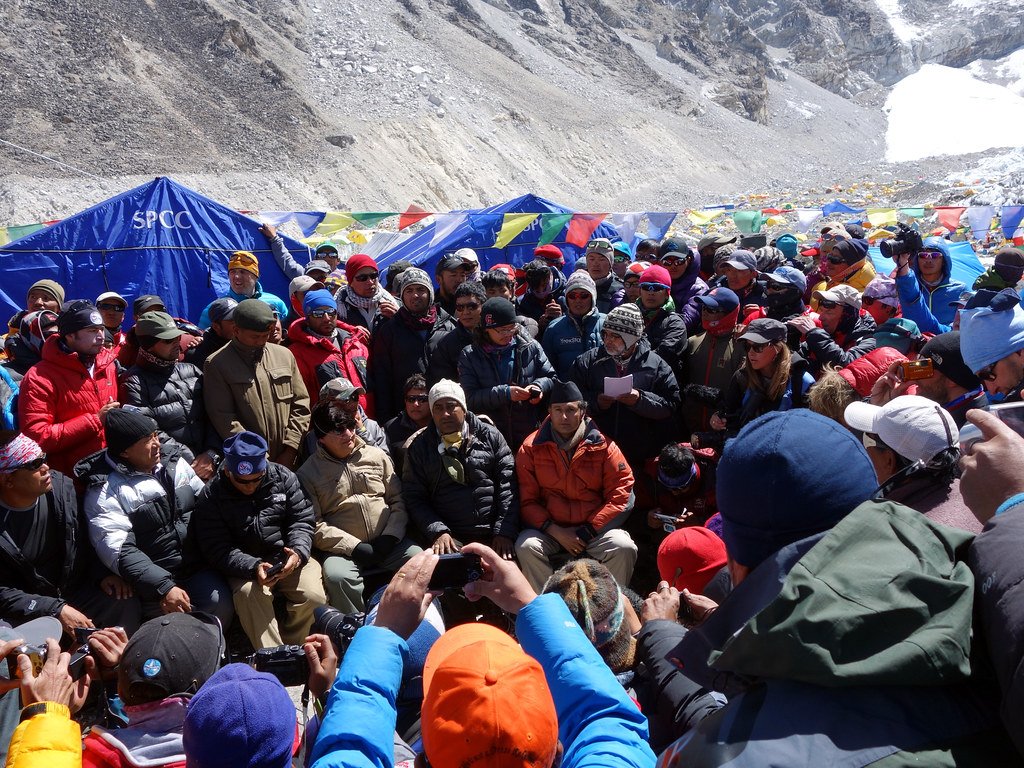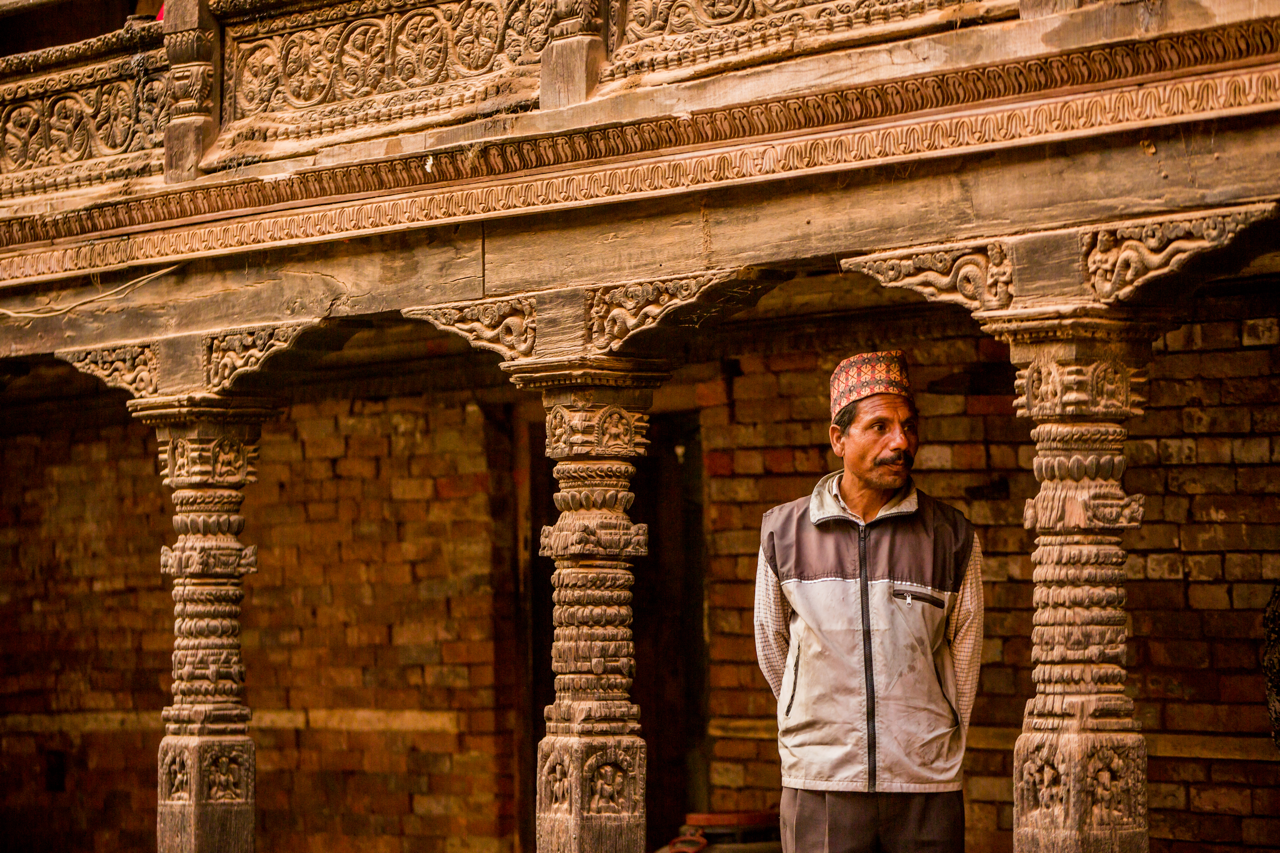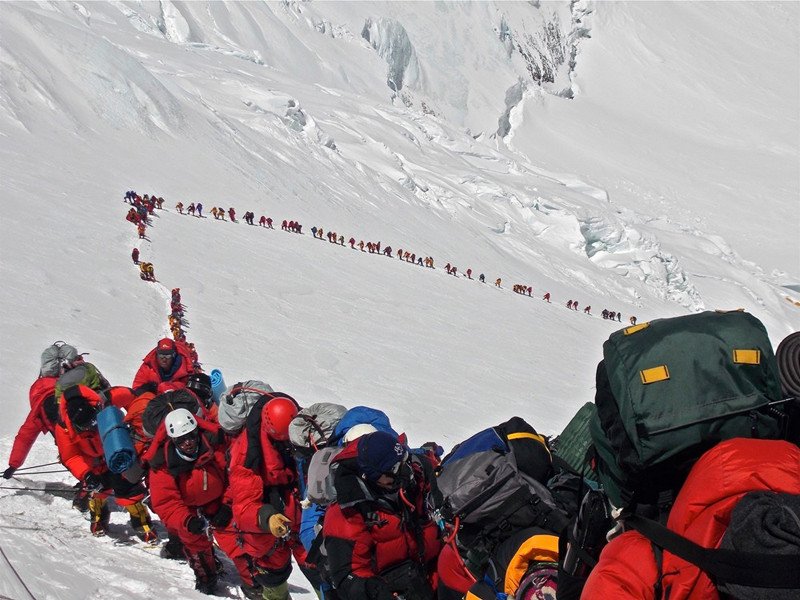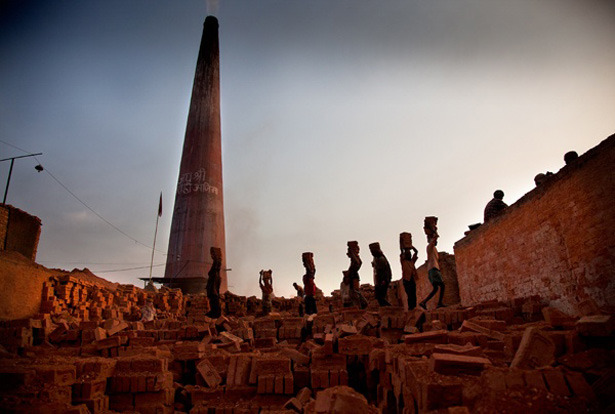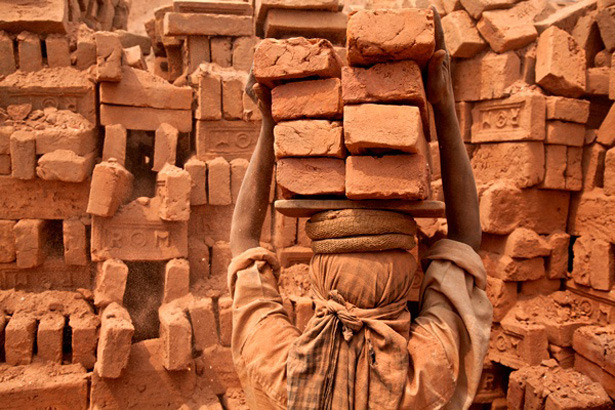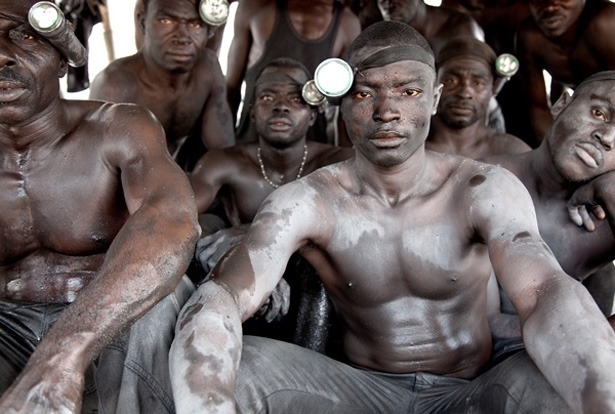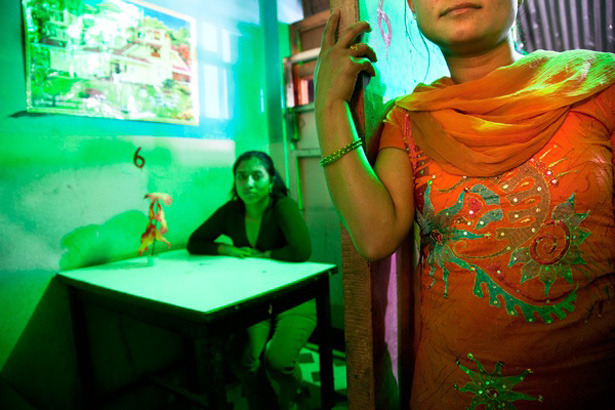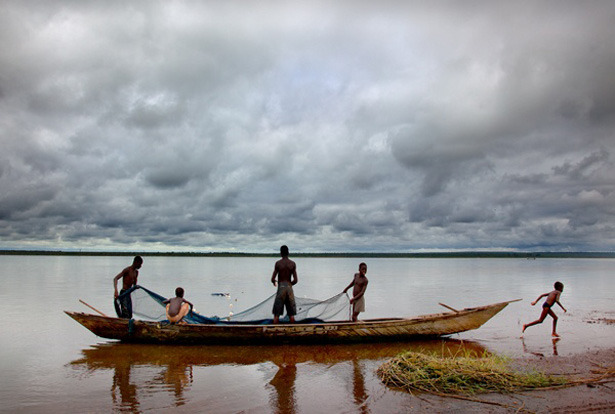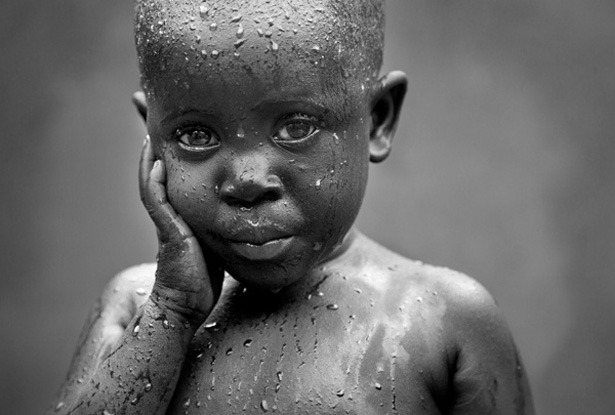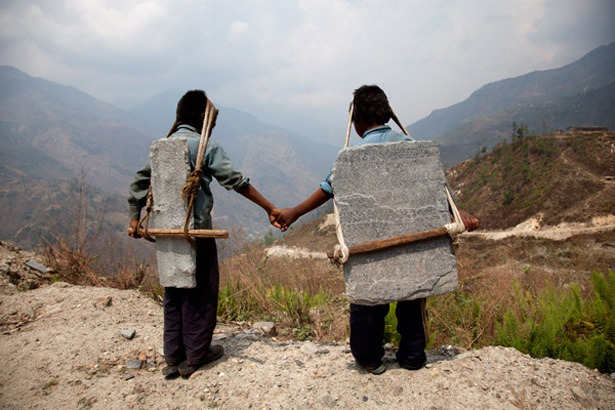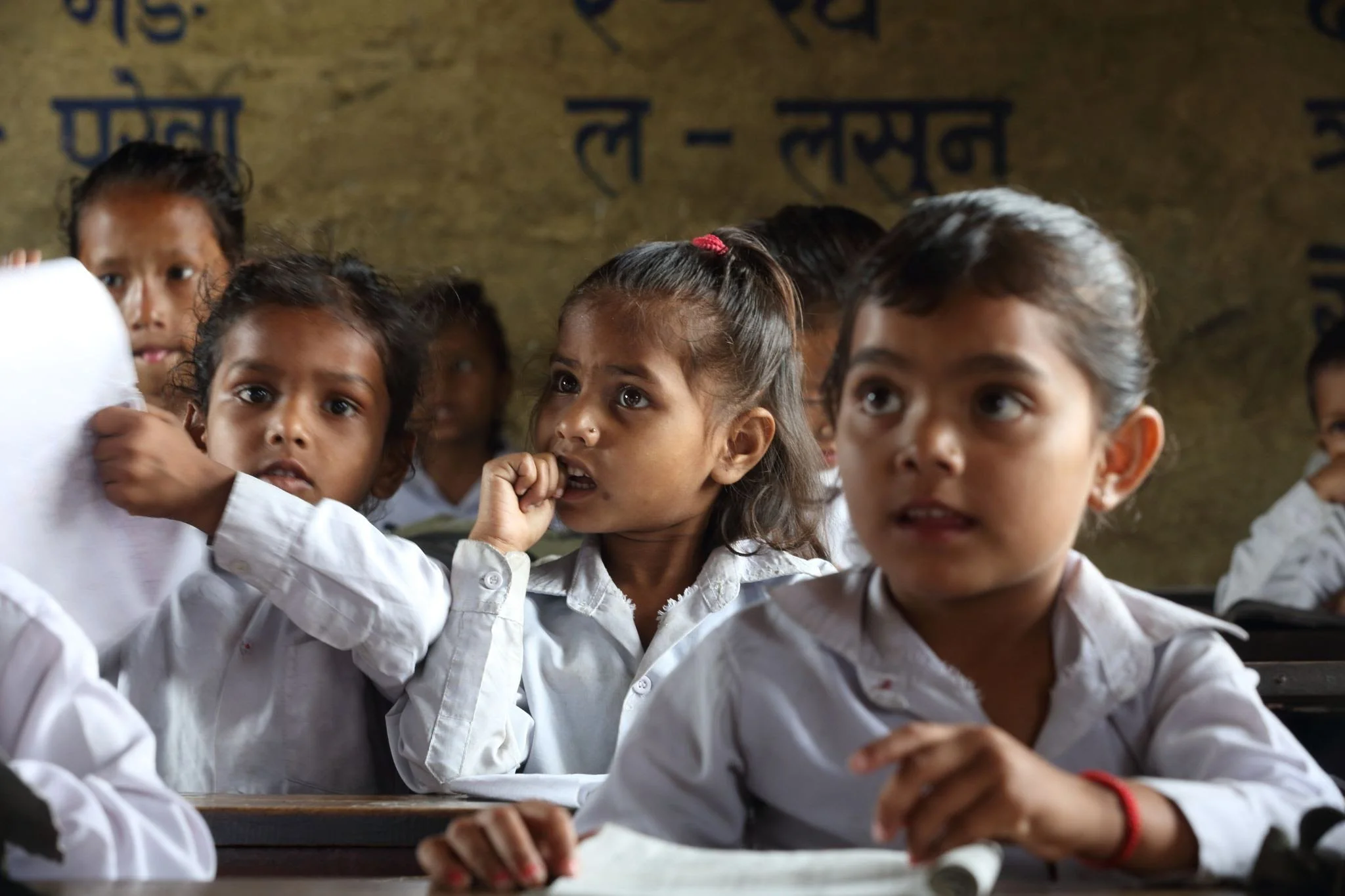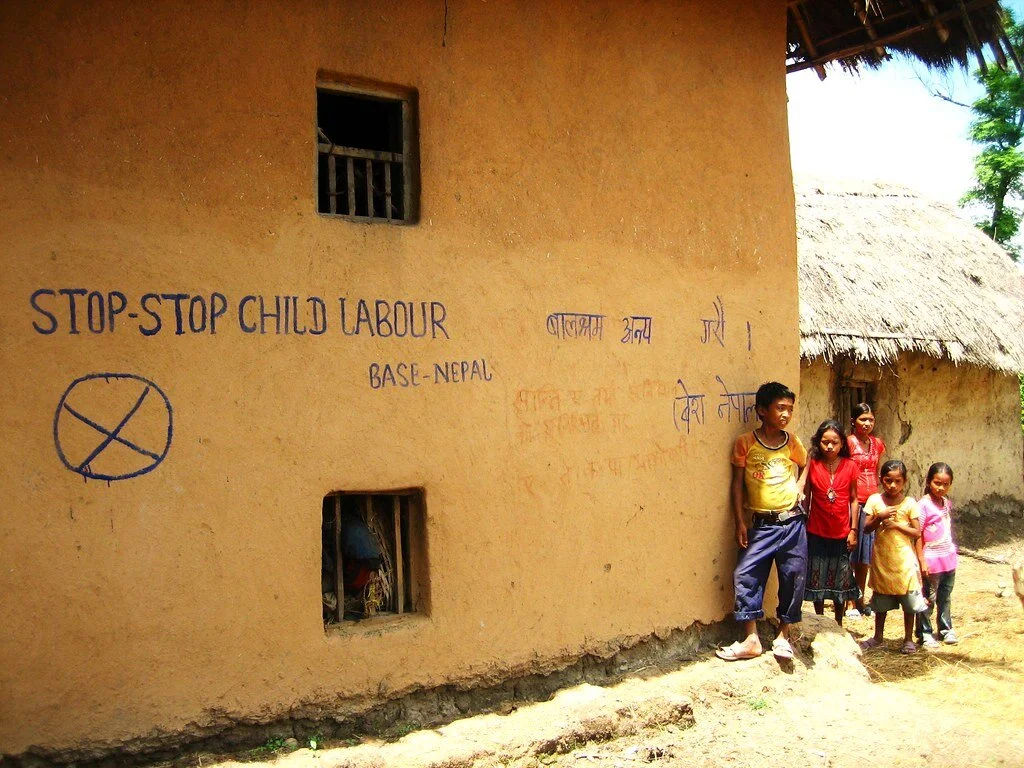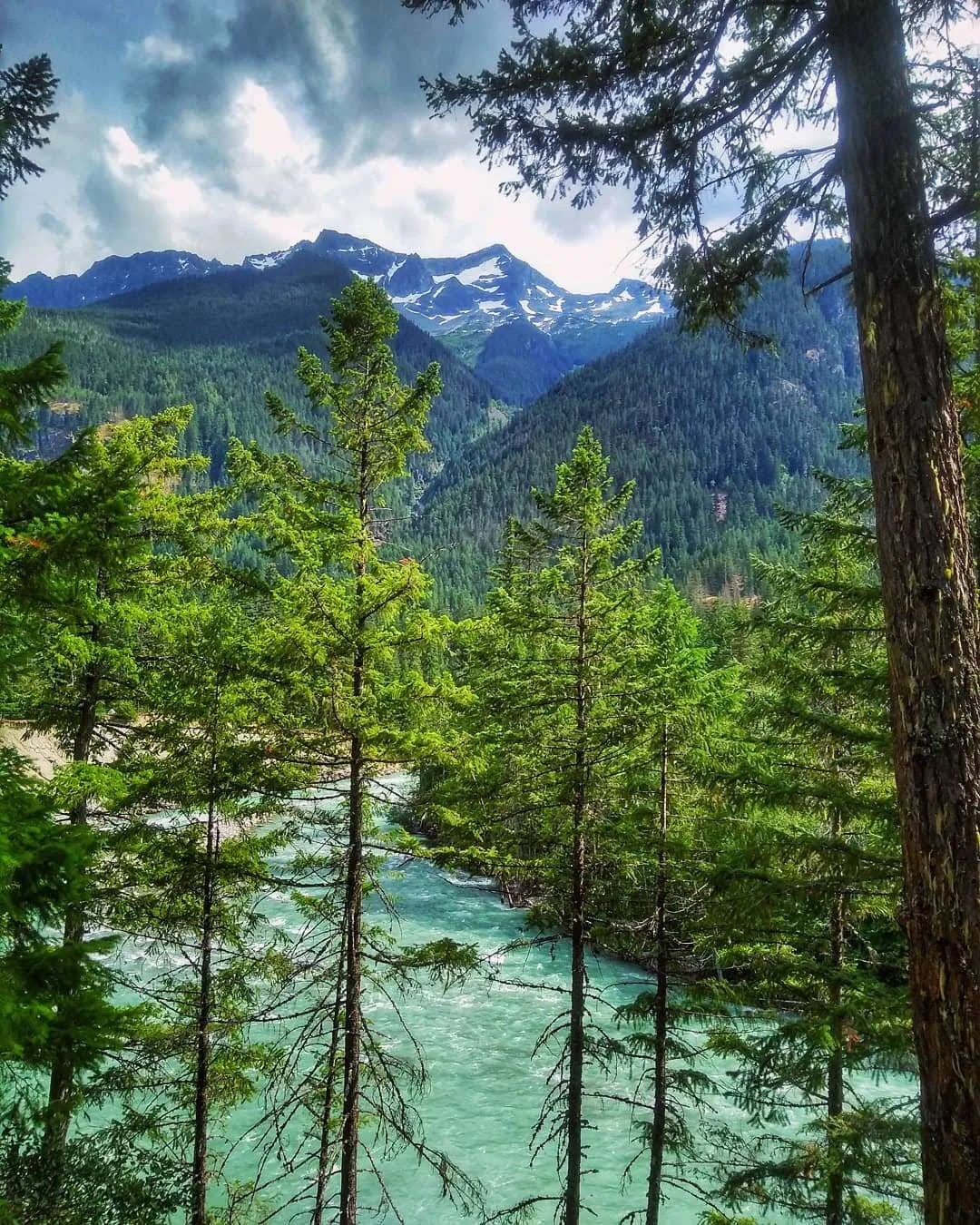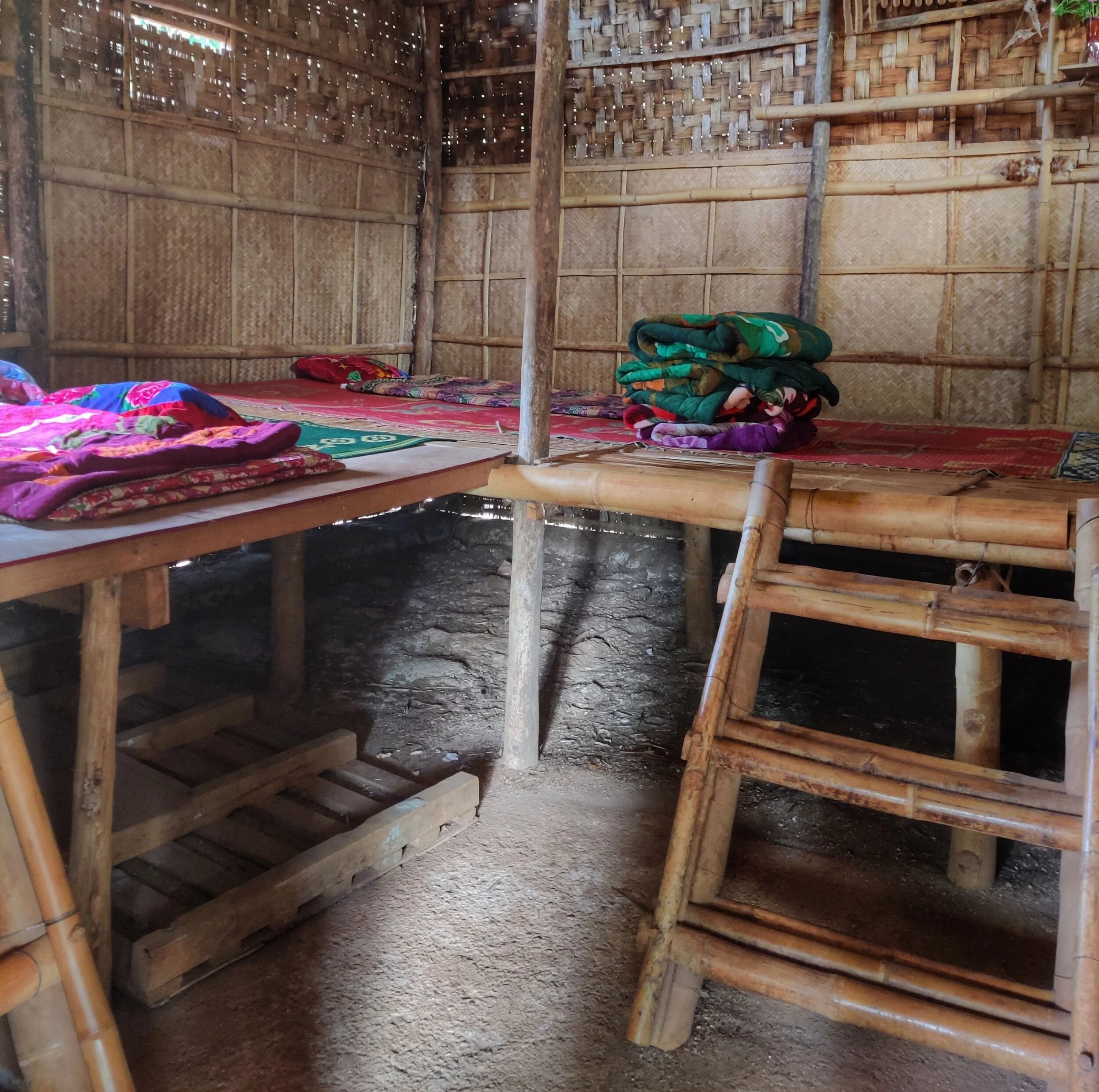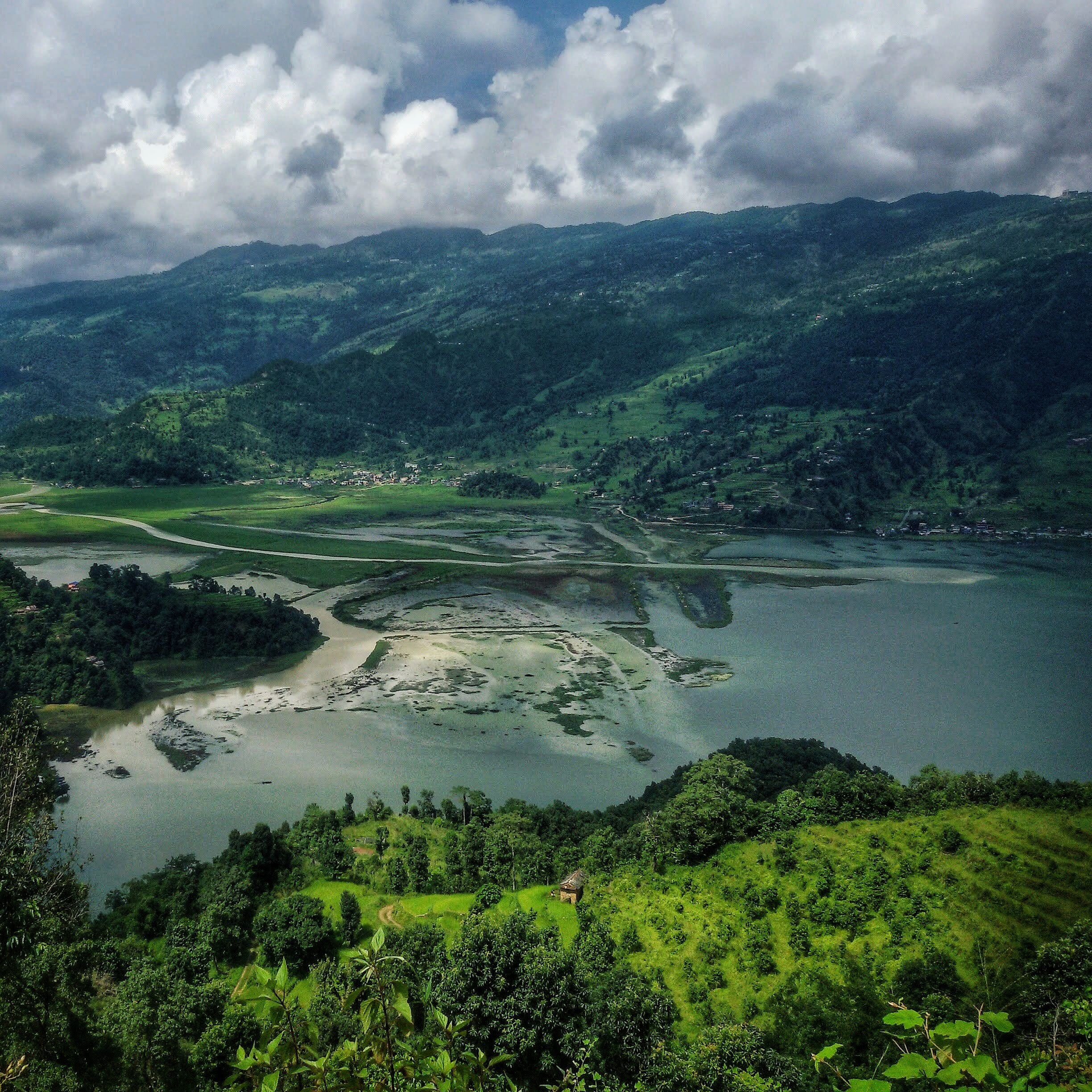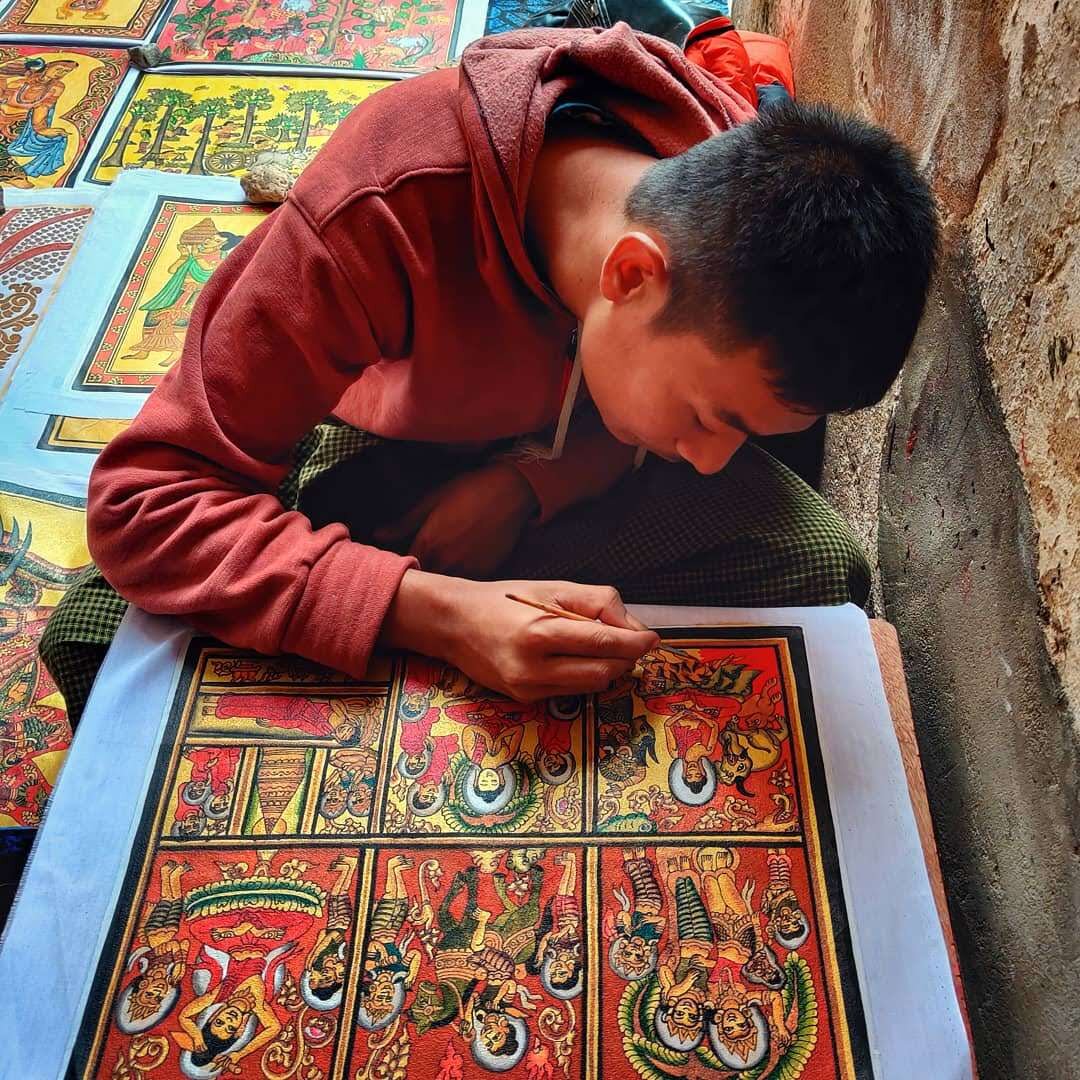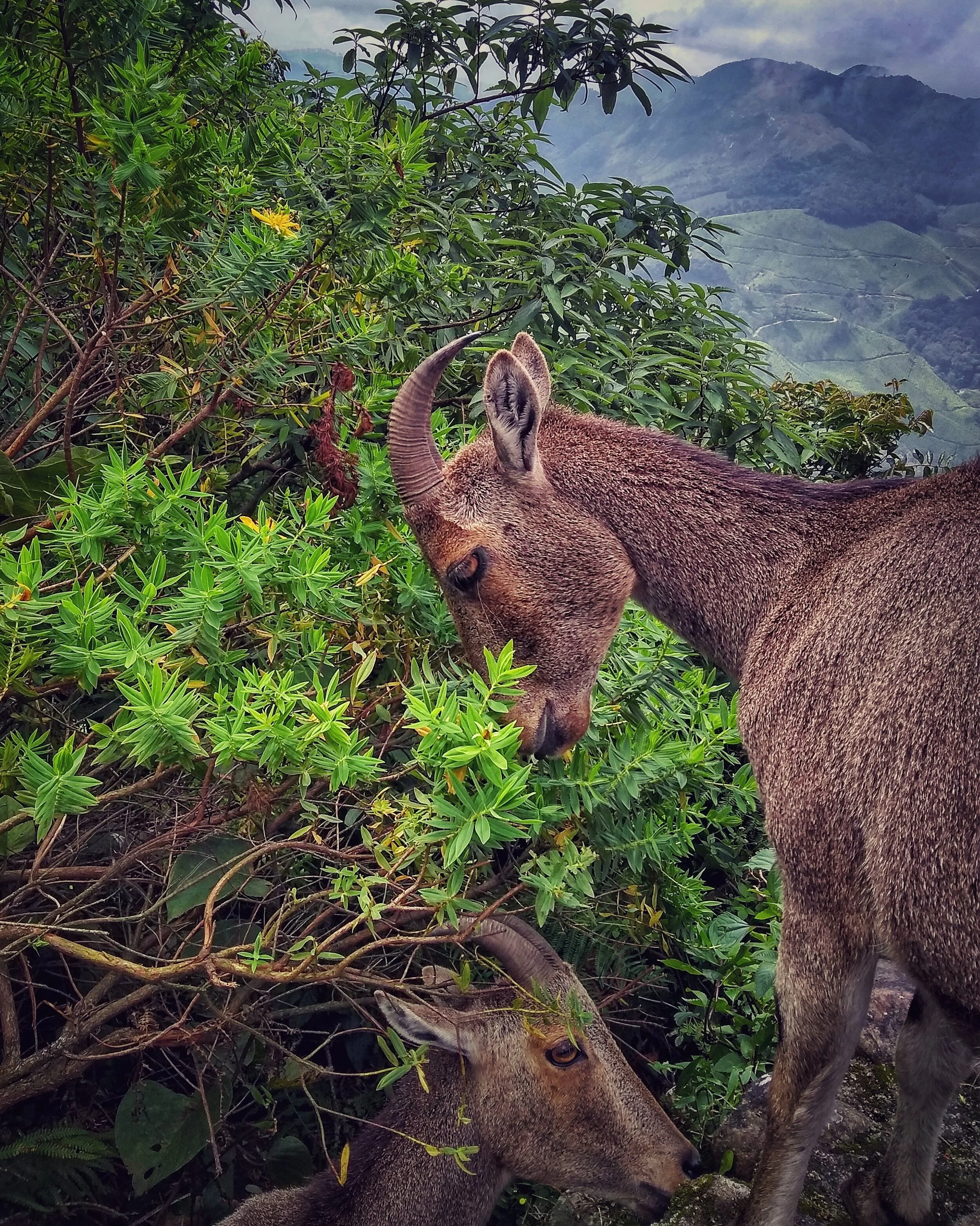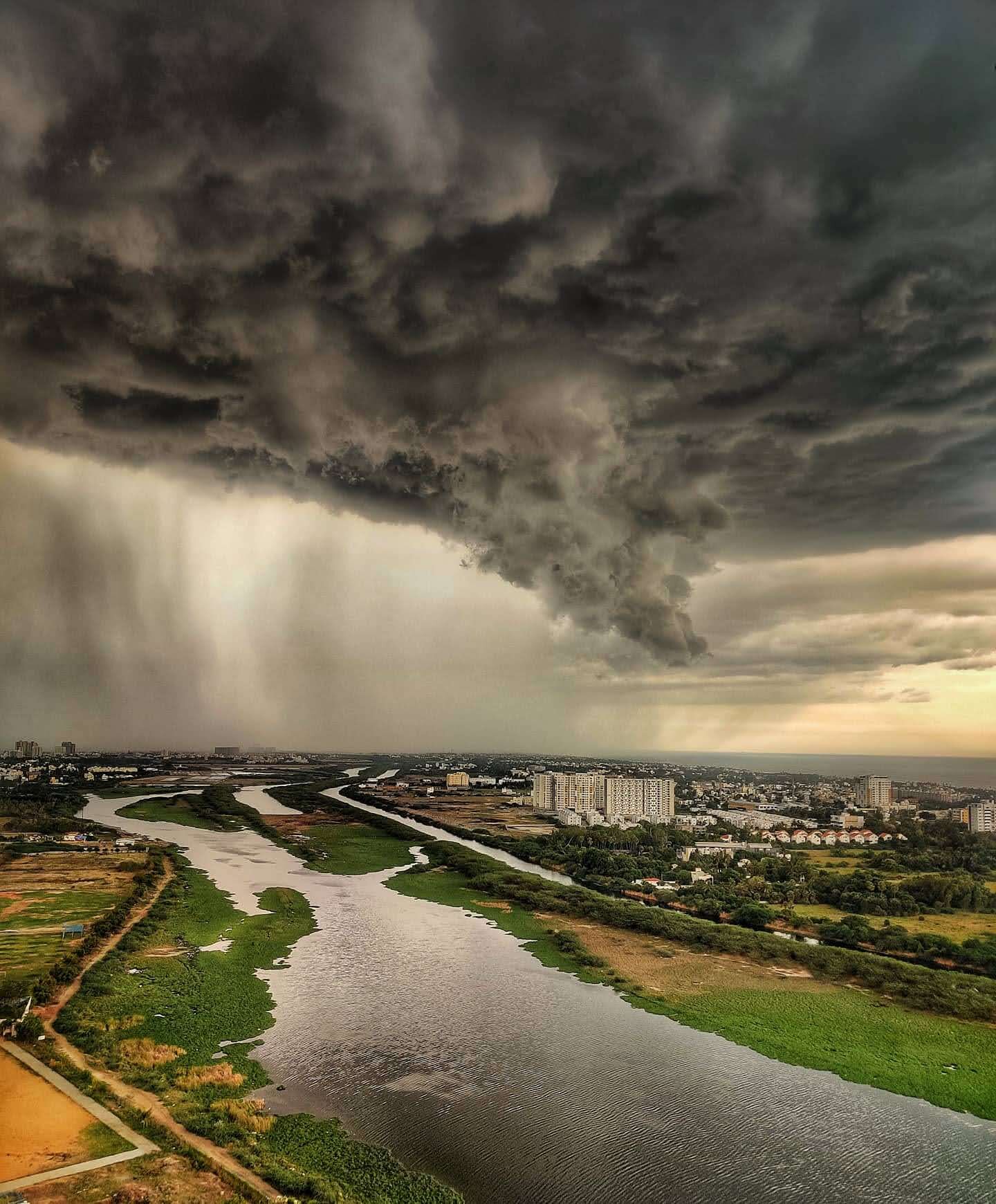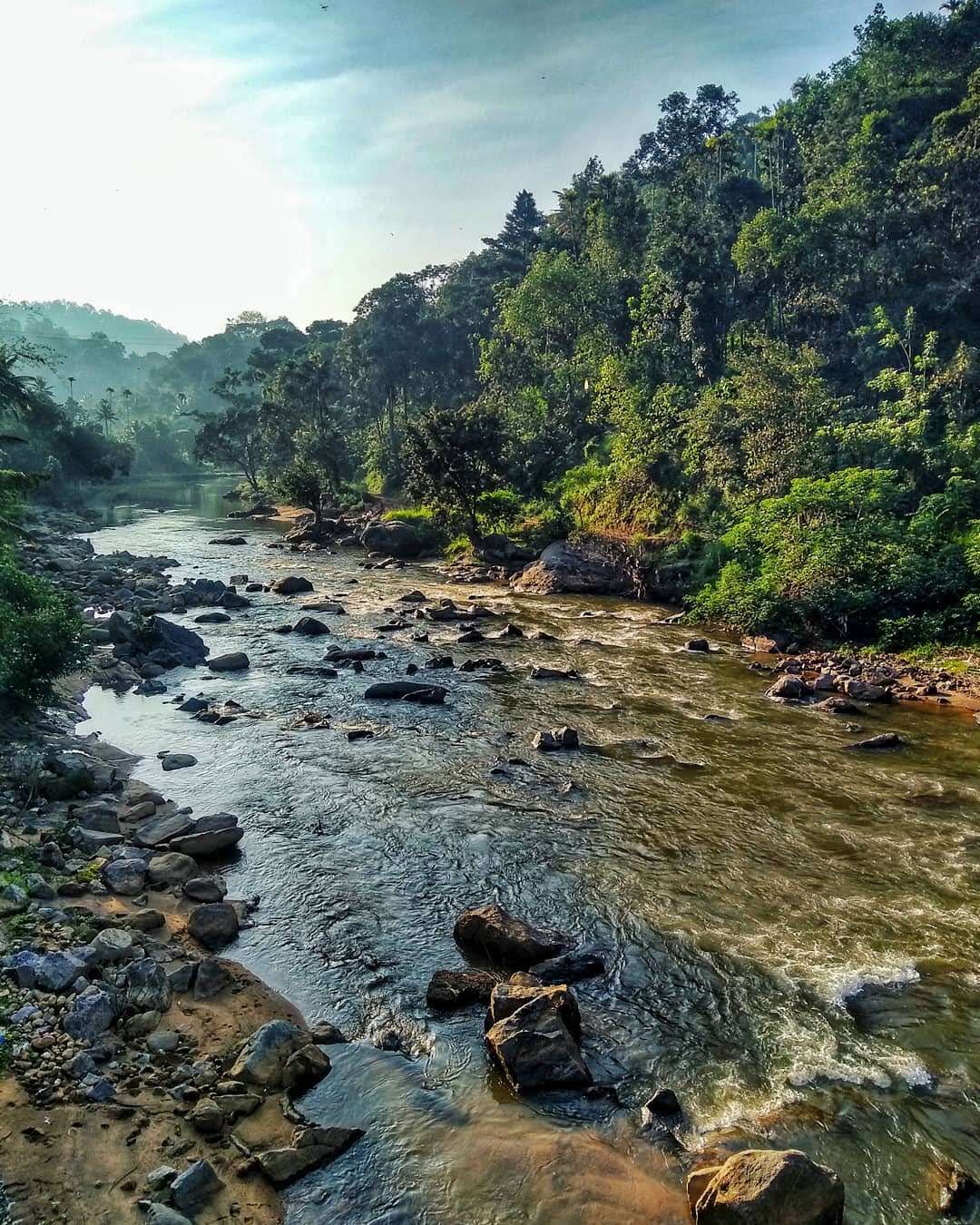Pollution and overcrowding are making it increasingly controversial to climb the world's highest summit.
Tourists photographing Everest. Peter West Carey. CC BY-NC-SA 3.0
Mount Everest, the tallest peak in the world, attracts thousands of mountaineering tourists each year. Each of these travelers takes on significant personal risk, however, as climbers ascend the mountain its limited oxygen and the cold can lead to life-threatening conditions including frostbite, exhaustion and altitude sickness. Although approximately 4,000 people have successfully reached the top, Mount Everest continues to claim victims. The death toll varies annually; eighteen climbers died on the mountain in 2023 alone. Over the last century, more than 330 people have died on Everest. Not only is climbing Everest dangerous, but it has also become the subject of an increasingly controversial debate. A surge in climbers has led to overcrowding and significant pollution, with tons of waste left behind each season.
Climbing Everest has become more accessible in recent years, with 90% of climbers now participating in guided tours. These tours, often guided by members of the local ethnic Sherpa population, allow tourists without professional climbing experience to ascend Everest. The two most popular routes, the Northeast Ridge and the Southeast Ridge, are now notoriously crowded during climbing season in April and May.
Climbing Everest is costly. An $11,000 permit is required from the government, and total expenses typically range from $30,000 to $100,000. Despite the high costs, the revenue generated from this tourism does not substantially benefit the local community. The Nepalese government claims that Sherpa guides may earn around $6,000 per trip, cooks $2,500, and lead Sherpa guides up to $10,000. However, many believe that the Sherpa mountaineers are underpaid relative to the risks they undertake. Efforts are also underway to mitigate the environmental impact of Everest expeditions. Climbers are now required to pay a $4,000 deposit, which is refunded upon their return if they collect eighteen pounds of garbage. The economic debate surrounding Everest is nuanced. Though some argue that the Nepalese government should limit how many people can climb Everest yearly, the country relies significantly on Everest tourism for economic income.
Government officials assembled at Everest. Mark Horrell. CC BY-NC-SA 2.0
Everest has been dubbed “the world’s largest rubbish dump” due to the substantial waste accumulated over the decades. The Himalayan mountains are ecologically sensitive, and while the exact amount is unclear, thousands of tons of waste have been discarded on Everest. The mountain has also become a macabre resting place for deceased climbers. Roughly 200 bodies, many belonging to native Sherpa guides who died on the mountain, still remain on the path, and mountaineers must walk over them to reach the summit.
Get Involved:
Mount Everest Biogas Project aims to eliminate human waste at Everest, as well as convert waste into renewable energy (methane), which can be used to power local communities. Learn more about their work and donate here.
The Sagarmatha Pollution Control Committee (SPCC),founded by the local Sherpa people, aims to manage waste in the Khumbu Region. Learn more about their work here.
Agnes Moser Volland
Agnes is a student at UC Berkeley majoring in Interdisciplinary Studies and minoring in Creative Writing, with a research focus on road trip culture in America. She currently writes for BARE Magazine and Caravan Travel & Style Magazine. She is working on a novel that follows two sisters as they road trip down Highway 40, from California to Oklahoma. In the future, she hopes to pursue a career in journalism, publishing, or research.


